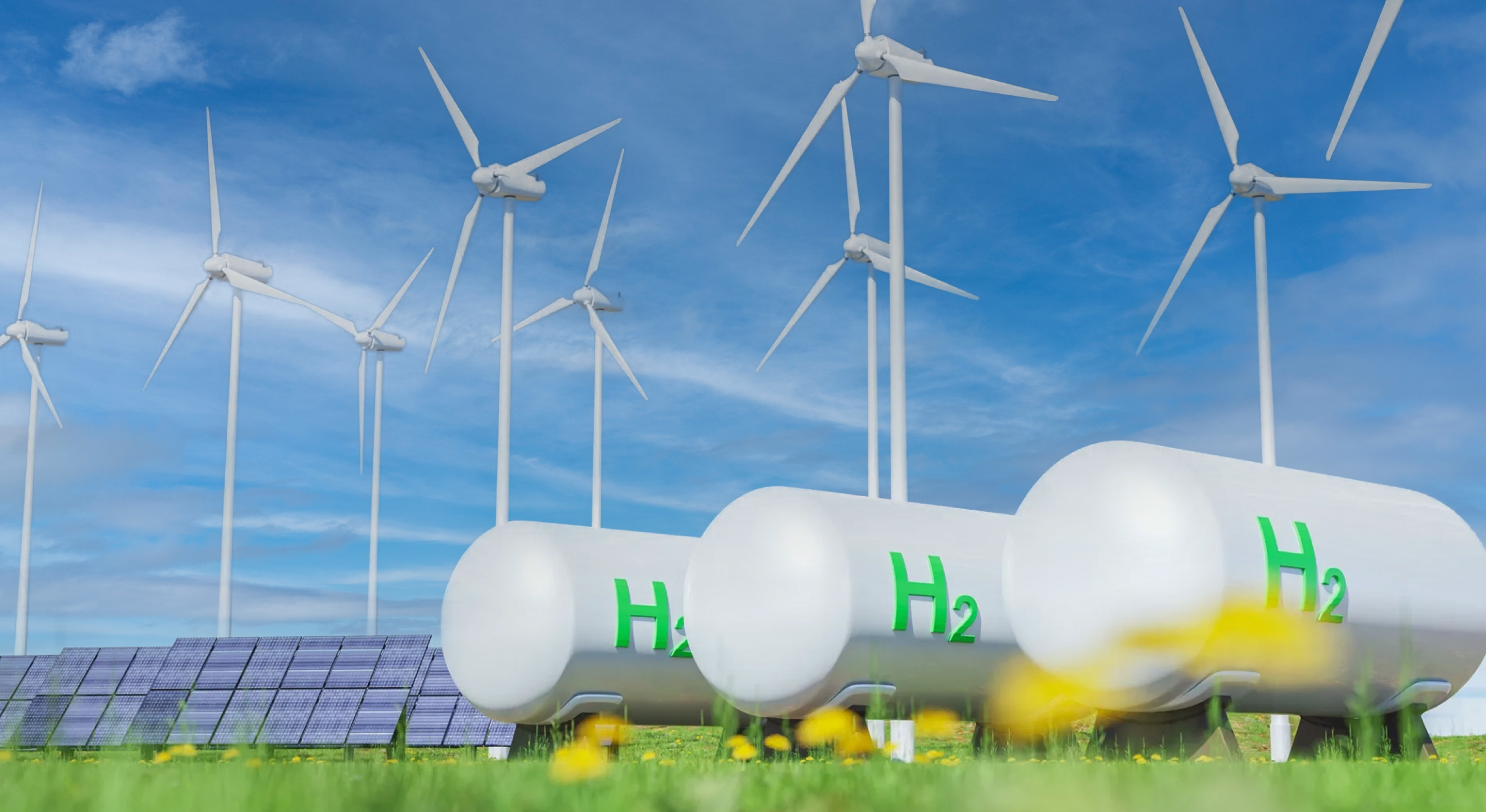Hydrogen energy and energy storage
The application scenarios of hydrogen energy are extremely broad. In the field of transportation, it is used in fuel cell vehicles to reduce carbon emissions and promote green travel. In the industrial sector, hydrogen energy serves as a reducing agent, fuel, and energy storage medium, widely applied in various subfields such as petroleum refining, fertilizer production, and steel manufacturing, facilitating the low-carbon transformation of industrial production. In addition, hydrogen storage technology produces hydrogen through water electrolysis, achieving interconnection of various types of energy such as electricity and gas, providing important support for energy transformation and environmental protection.
We actively respond to the national strategy of 'carbon peak and carbon neutrality', closely following the forefront of industry development. We have accelerated our layout in cutting-edge fields such as hydrogen energy and energy storage in the new energy market. The successfully developed 0.075MM hydrogen fuel cell metal plates demonstrate the company's strong innovation and research capabilities, laying a solid foundation for the company's development in the new energy sector.

Applications and Products

Metal bipolar plate

Public terminal board

Anode composite end plate

Cathode composite end plate

ALK alkaline hydrogen production electrode plate














